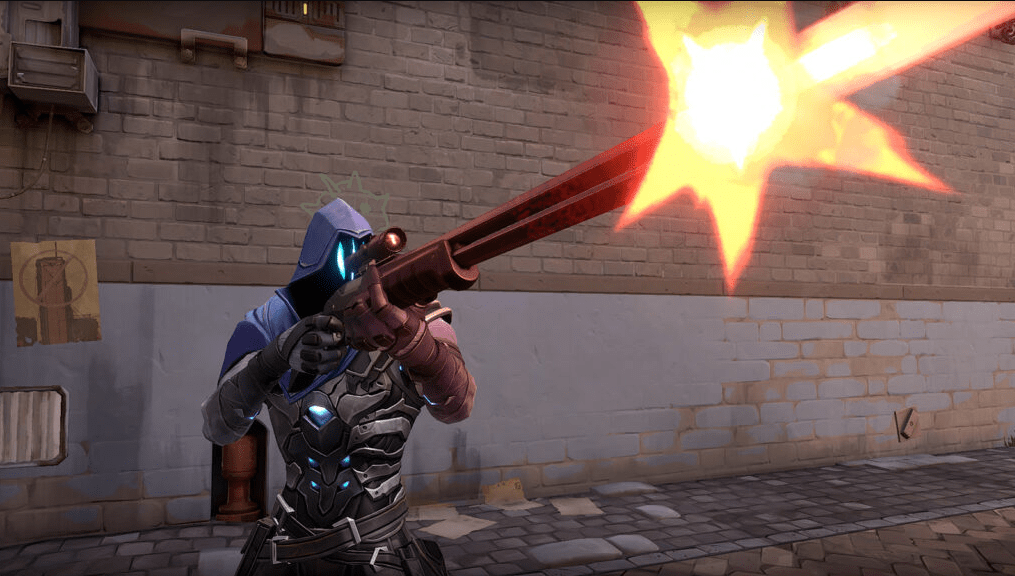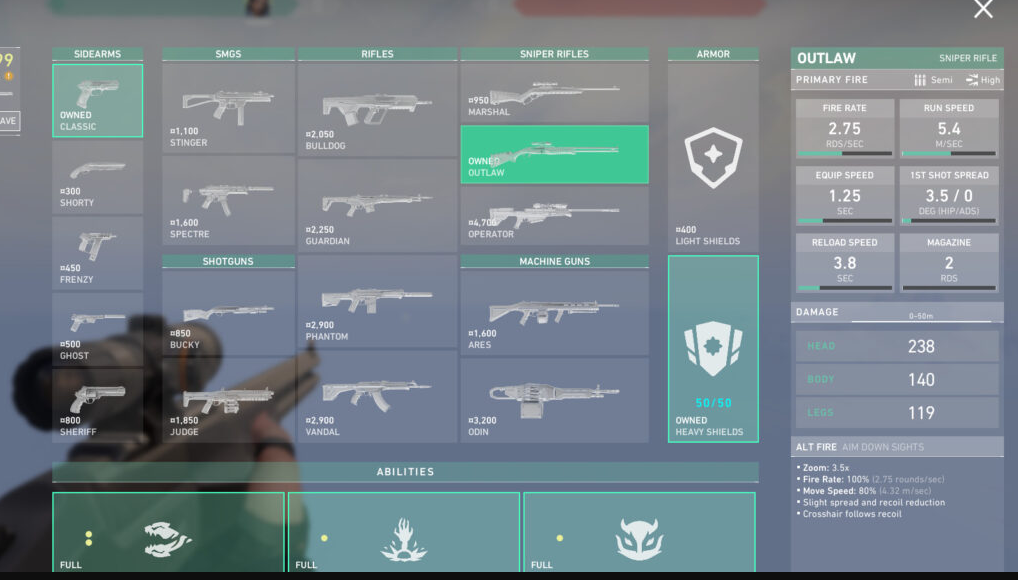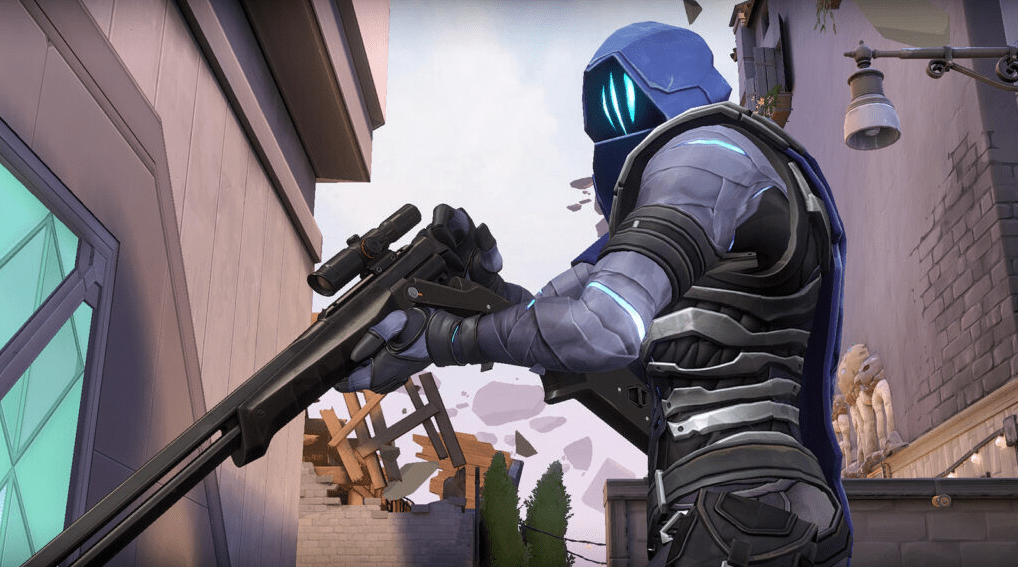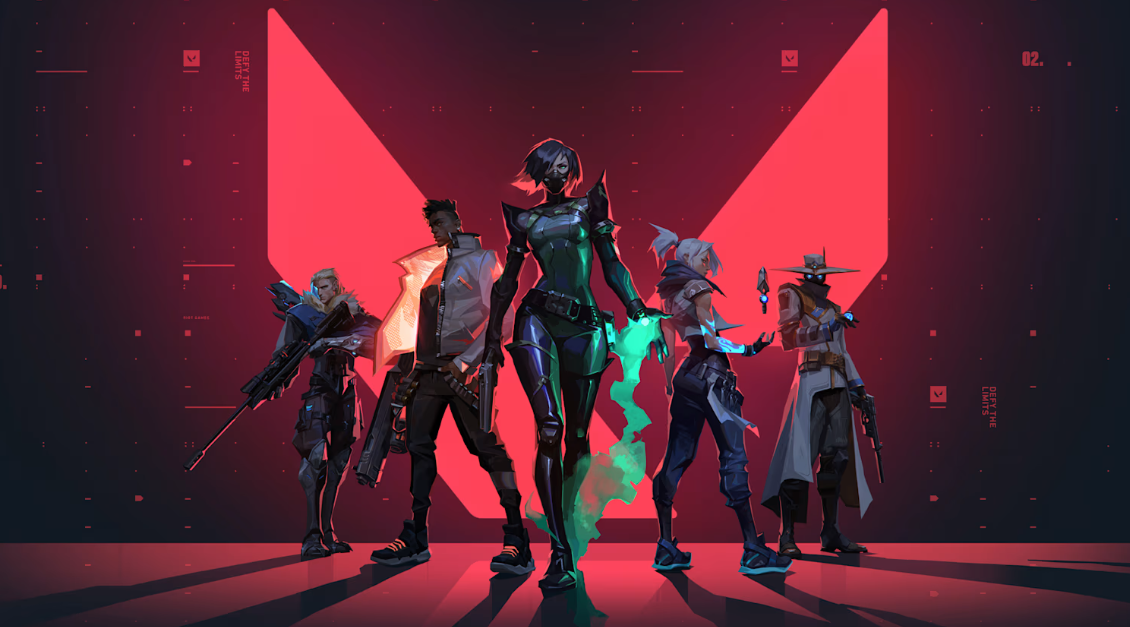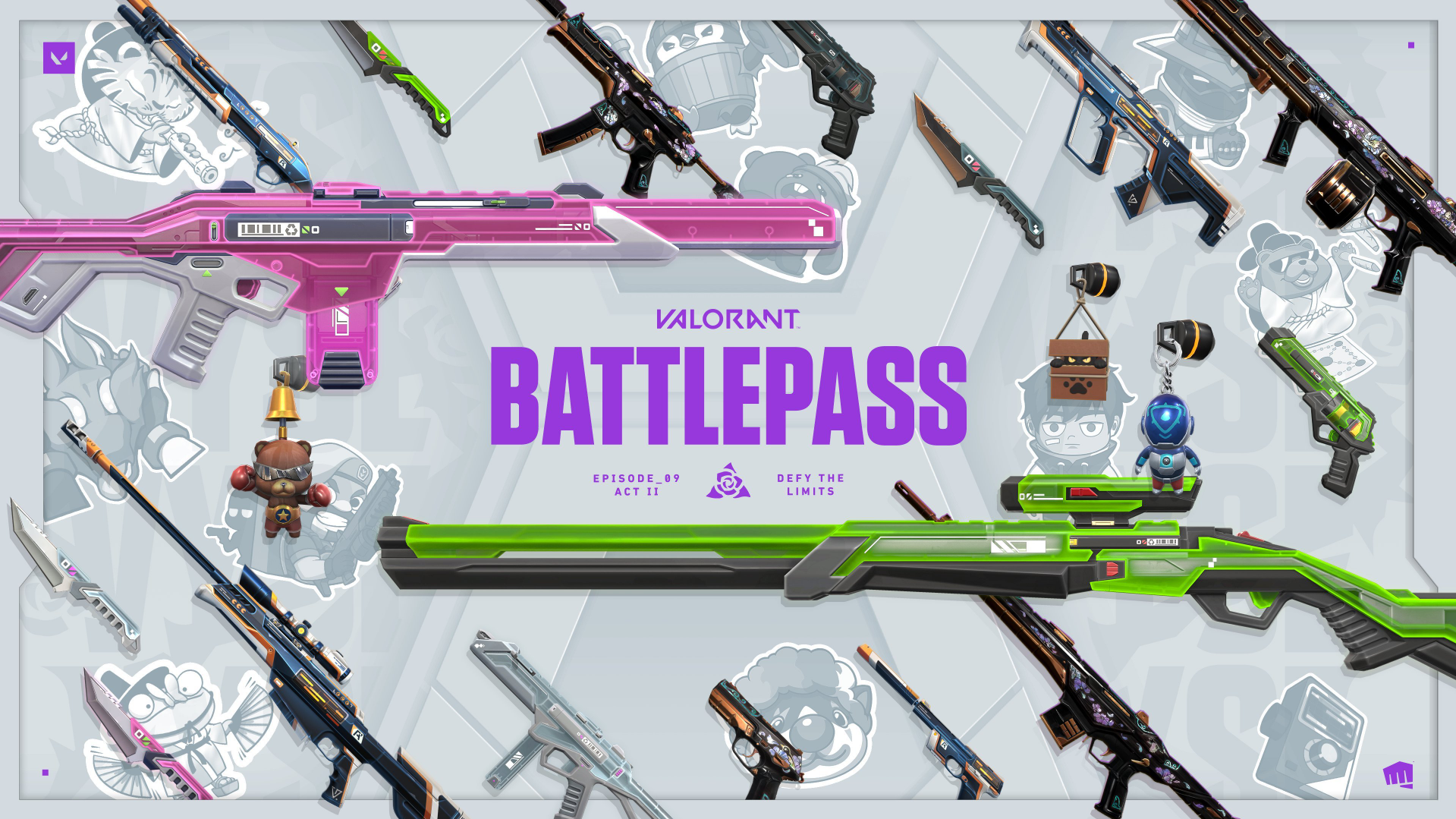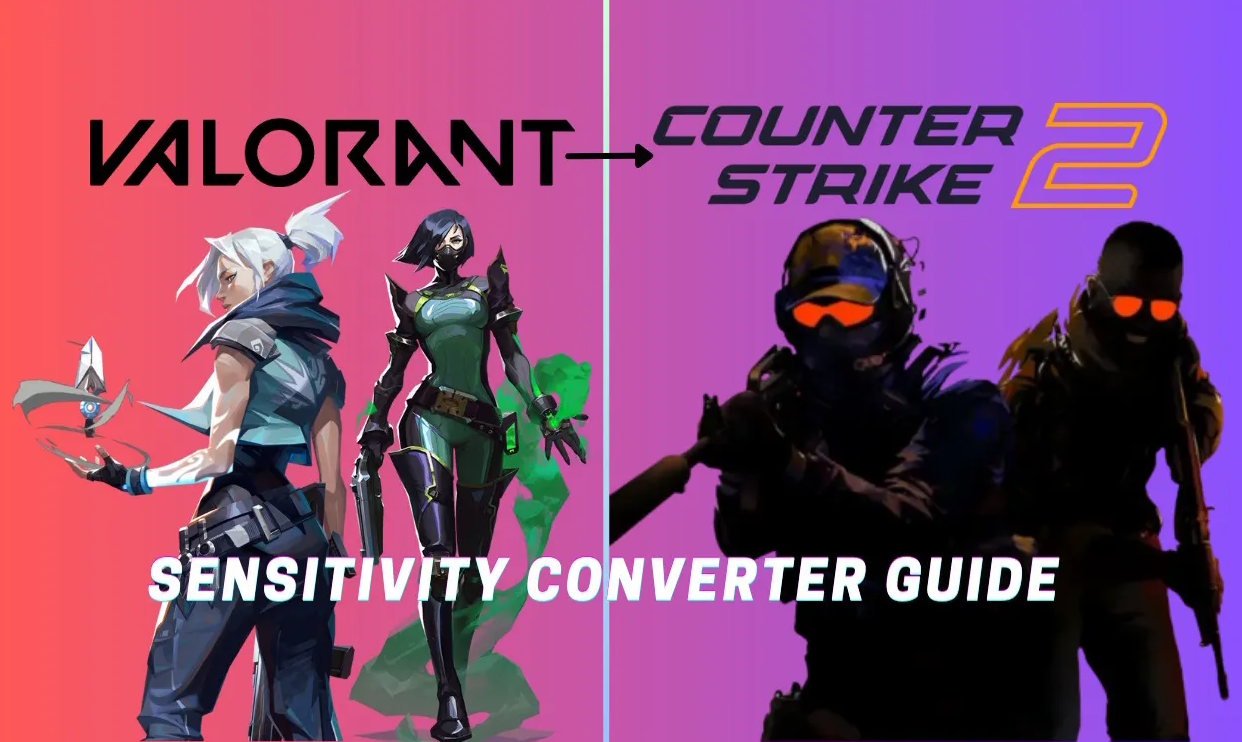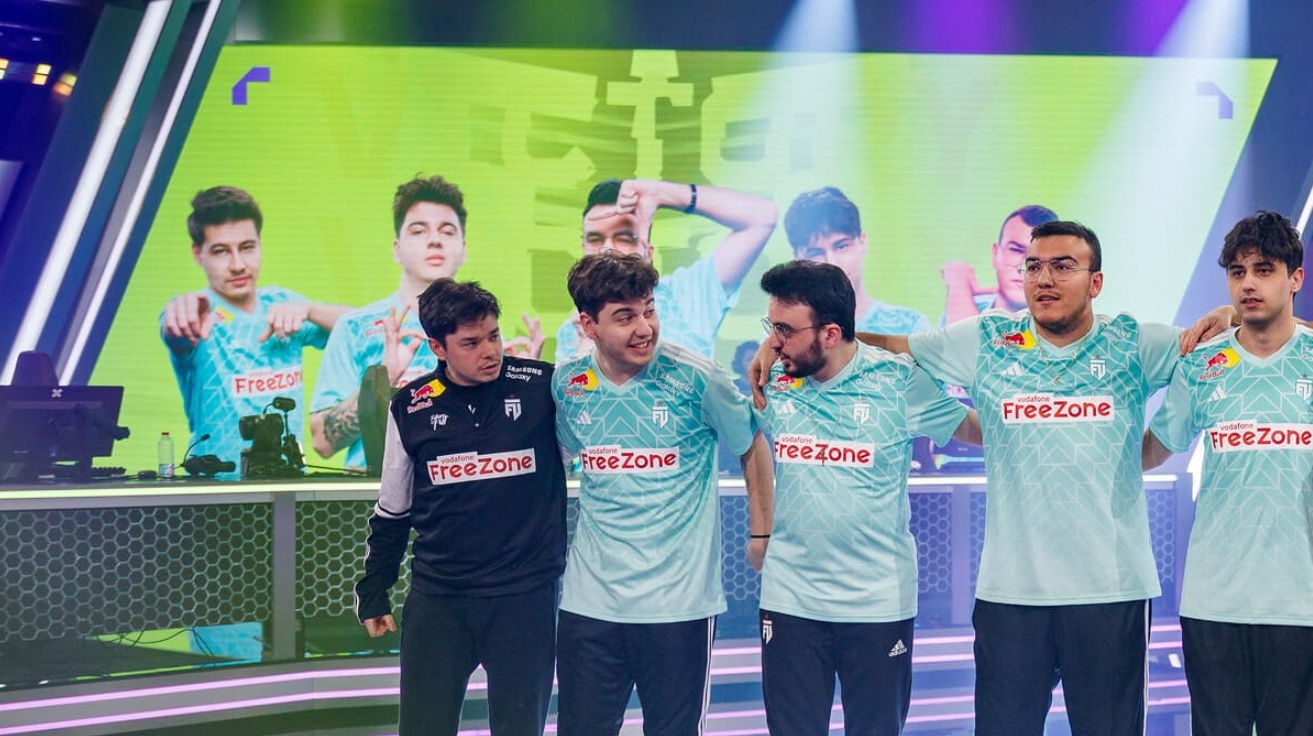New Valorant Episode Released: Does the New Outlaw Pistol Really Break the Meta?
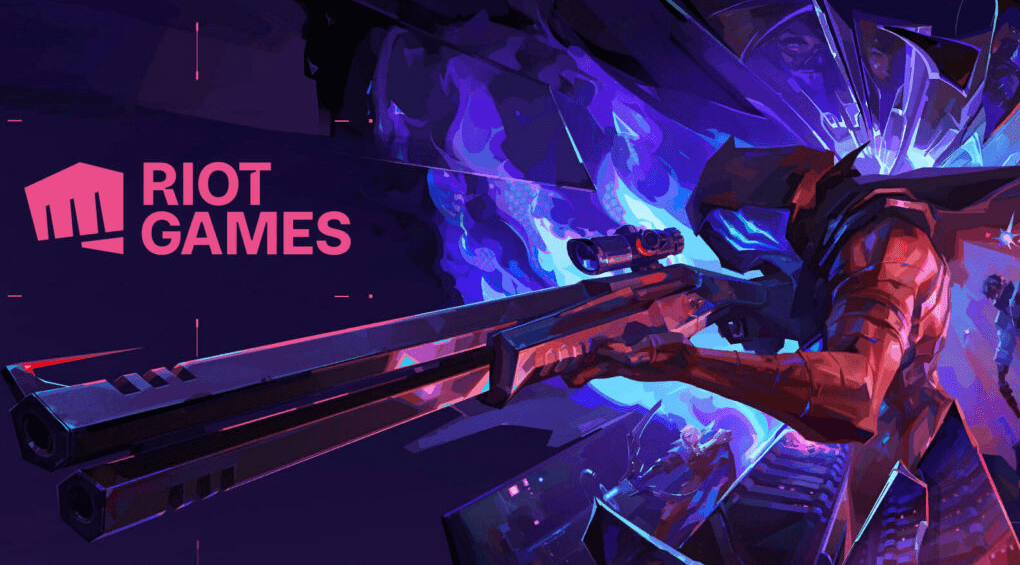
Valorant has certainly seen its fair share of captivating developments within the game. Whether it was the captivating reign of the Chamber meta throughout 2022, the subsequent nerfs that rendered him scarcely played in 2023, or the numerous adjustments inflicted upon Jett over the years (may she rest in peace), every patch brings about a fresh infusion of gameplay elements.
However, the recent addition of a third sniper rifle to the game, marking the first introduction of a new weapon since the beta (excluding Chamber’s ultimate), has undeniably sparked a wealth of discussion, and for good reason. The Outlaw rifle is once again poised to revolutionize the way the game is experienced.
One notable strategy that has emerged over the past year is the practice of purchasing rifles with partial armor, originally pioneered by NRG and swiftly adopted by the majority of professional teams. This approach has proven instrumental in optimizing team economies and facilitating the acquisition of more comprehensive loadouts. Even during anti-eco rounds (those that follow a victorious pistol round), the tactic of investing in half armor and a rifle, and subsequently retaining the weapon through to the third bonus round, has proven effective in securing additional triumphs against opponents equipped with full-buy gear, thereby establishing a commanding lead.
Table of Contents
The Outlaw gun: an introduction to the sniper
With the arrival of the Outlaw, the half-armor buy strategy has become increasingly precarious. But why is that the case?
Let’s delve into the intricacies of this new weapon. Priced at 2,400 credits, the Outlaw falls within the same price range as the Bulldog or Guardian rifles. What sets the Outlaw apart is its distinctive ability to unleash two rapid and formidable shots without necessitating the user to disengage from their scope. While this feature, in isolation, might not raise concerns, there’s one crucial aspect that demands attention: a single body shot from the Outlaw inflicts a staggering 140 damage.
Furthermore, the Outlaw displays minimal damage reduction when penetrating walls, leaving players on the receiving end of wall-bang shots susceptible to a significant 125 damage. This level of impact is enough to render them incapacitated unless they possess full armor.
How the Outlaw will change the way economy is managed
The risk associated with the 140-body shot damage is significantly heightened due to the possibility of players still being able to acquire the Outlaw even after experiencing a round loss. This creates a scenario where the potential for devastating consequences is quite high. Even if opponents have full shields, surviving with a mere 10 HP leaves them extremely vulnerable to being swiftly eliminated by a Killjoy turret, a well-placed incendiary grenade, or even a stray bullet.
Renowned Valorant player Timofey “Chronicle” Khromov, who holds the distinction of winning three LAN trophies, has unequivocally described the Outlaw as “broken.” He poses a thought-provoking question, wondering if there is any chance of losing an anti-eco round with this formidable weapon. His prediction of a significant meta shift in Valorant as a direct result of the Outlaw gun is indicative of the profound impact it is expected to have. The Outlaw effectively nullifies the effectiveness of anti-eco rounds and even undermines the viability of pistol purchases. Some players have already shown a tendency to refrain from buying anything during the pistol round and instead opt to force Outlaws in the subsequent round. This strategic approach not only invalidates the traditional anti-eco strategies but also reduces the likelihood of players opting to force-buy after suffering a loss in the pistol round.
Previously, teams anticipating their opponents to purchase a Marshal rifle could opt for half armor, providing them with some resilience against a body shot. However, the introduction of the Outlaw disrupts this approach, rendering it ineffective. Players will now be compelled to fully save their resources in order to afford full armor and rifles following a loss in the pistol round. Even considering the purchase of a Sheriff or Marshal becomes a financial burden, necessitating a more conservative approach. This shift in purchasing dynamics may lead to a more predictable and less dynamic gameplay experience.
Further implications of the Outlaw gun for the Valorant meta
In addition to its impact on the economy, the Outlaw is expected to have a significant influence on the overall meta of the game. Given its formidable damage output, agents who can deliver a powerful shot and escape unscathed are likely to experience a surge in popularity.
Agents like Chamber and Jett are particularly well-suited in this regard. Chamber’s Rendezvous ability and Jett’s Tailwind allow them to quickly hit their target and safely disengage. Despite the nerfs these abilities have undergone in the past year, the introduction of the Outlaw makes them more effective once again. Another anticipated consequence of the Outlaw’s presence in the game is an increased pick-rate for healers and controllers. The double-controller meta is expected to make a comeback on multiple maps, not only due to their versatility but also their ability to block off additional angles and lines of sight.
Furthermore, with the significant 140 damage output of the Outlaw, incorporating a healer into the team composition, such as Skye or Sage, may regain popularity. This is especially true for Skye, who possesses a versatile utility kit that is already utilized on multiple maps. Considering that maps like Breeze and Icebox, where sniper weapons excel, are currently in the meta, the Outlaw is likely to see a considerable amount of usage. Its price point falls between the more affordable Marshal and the pricier Operator, the other two sniper rifles, giving it a distinct niche in the arsenal.
The drawbacks of the Outlaw gun
Naturally, the Outlaw does come with its fair share of limitations.
Firstly, its magazine capacity allows for only two shots before requiring a reload, and its accuracy when firing without scoping is virtually non-existent. Additionally, the reload time is quite lengthy, especially after expending both bullets. (The reload is quicker if only one bullet has been fired.) Secondly, the weapon heavily relies on the player’s ability to hold angles effectively. If facing opponents who employ strategic use of flashes and smokes, it can prove challenging to find value with the Outlaw. Rush attacks orchestrated against players holding sites with initiator utility can diminish the gun’s potential impact.
Most notably, the pricing of the Outlaw is somewhat awkward. Priced at 2,400 credits, it falls just below the Vandal and Phantom, which are widely regarded as staple rifles in gameplay and arguably offer greater versatility than the Outlaw.
However, despite these drawbacks, the strengths of the Outlaw seem to outweigh its limitations. It is expected that in 2024, this weapon will quickly establish its place in professional play, unless it receives a significant nerf in an upcoming patch.
